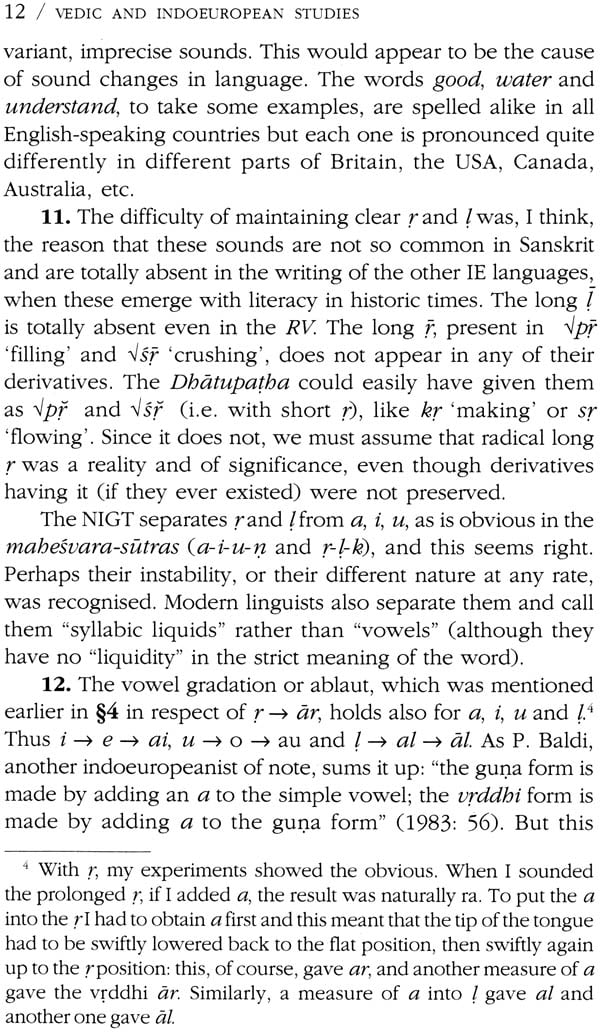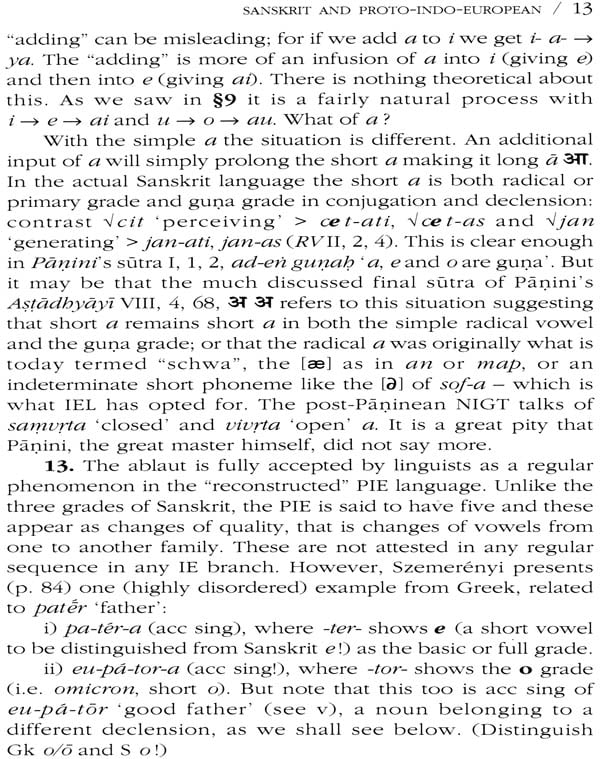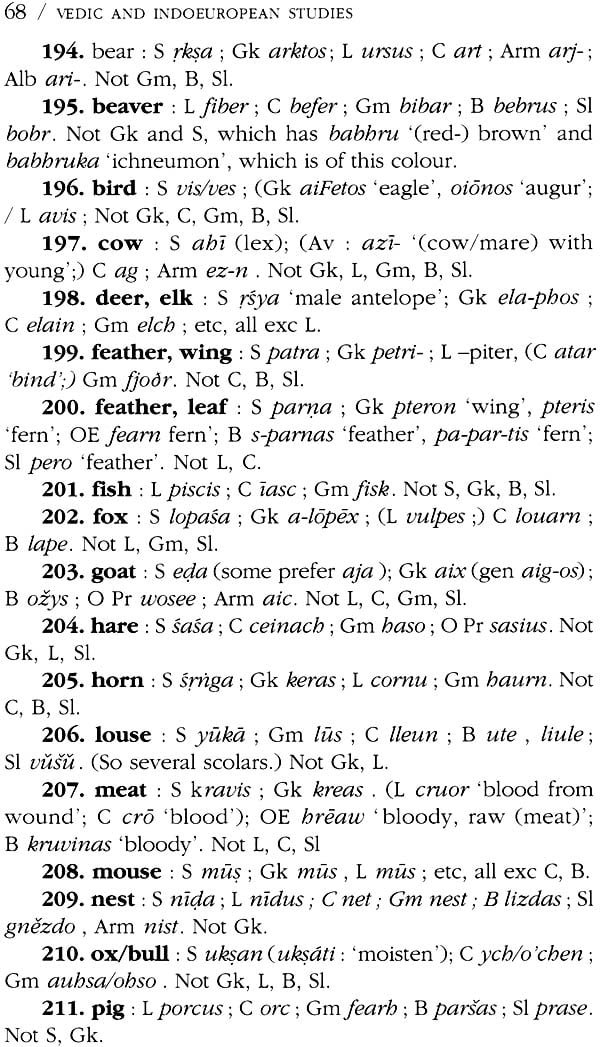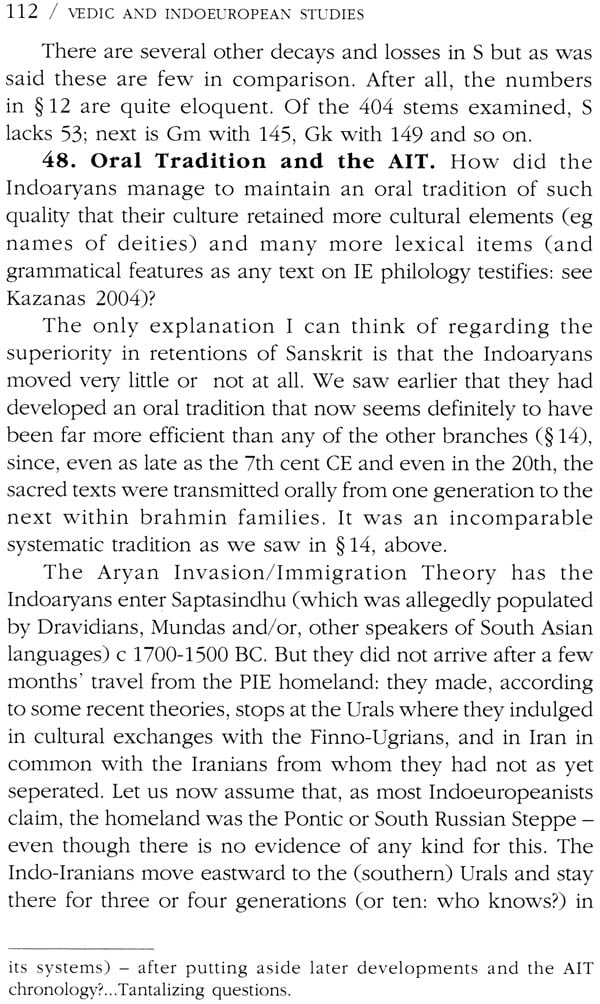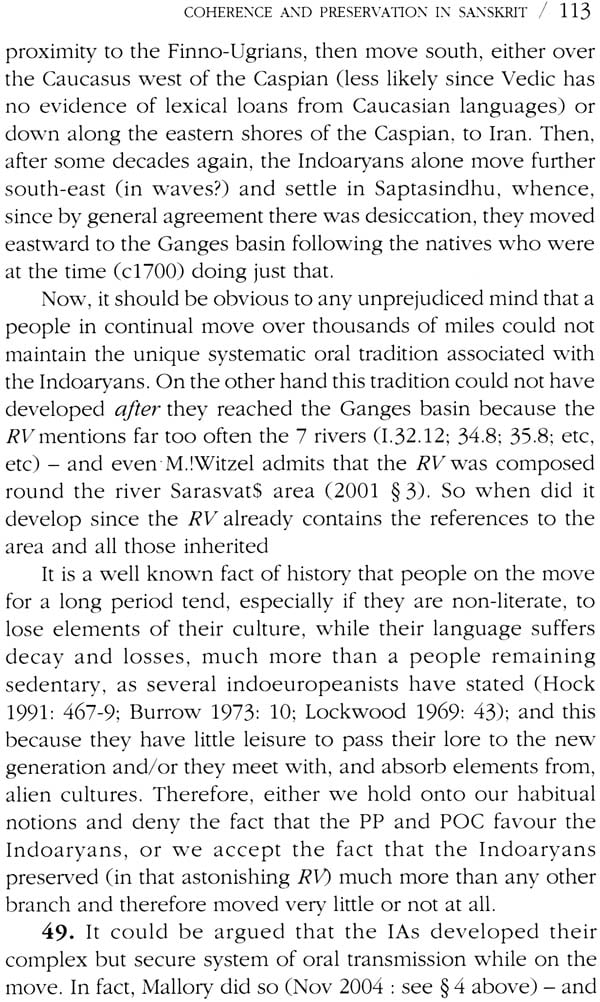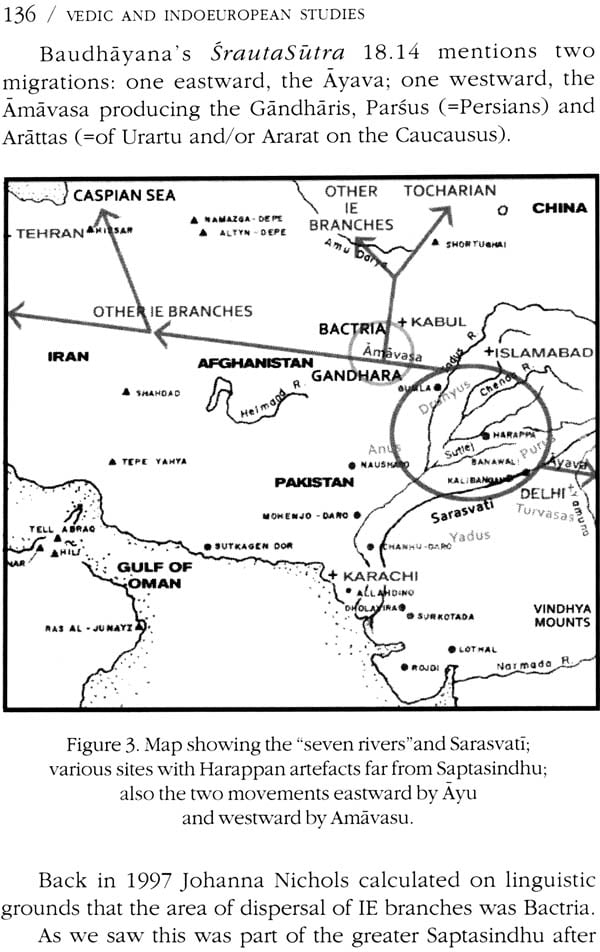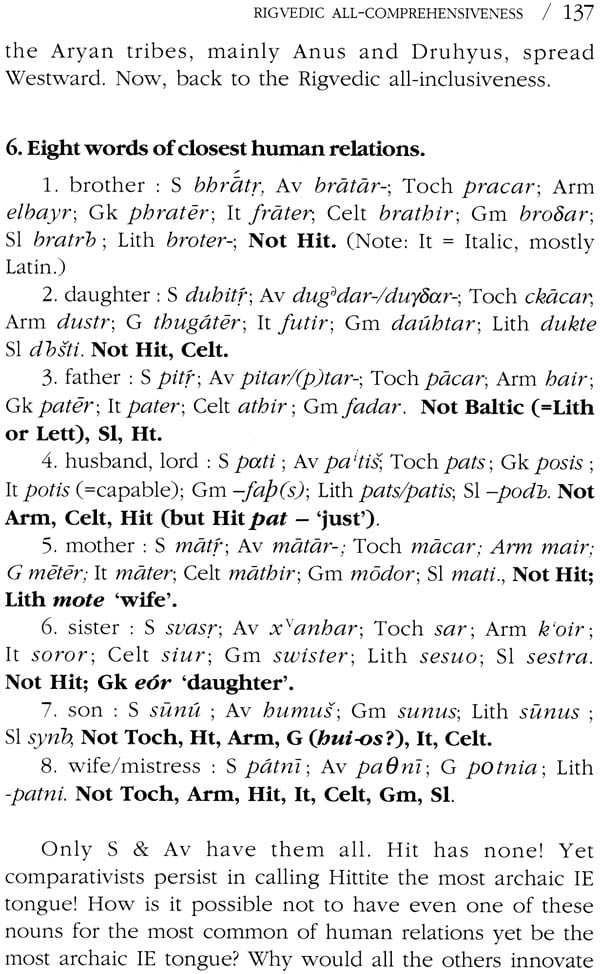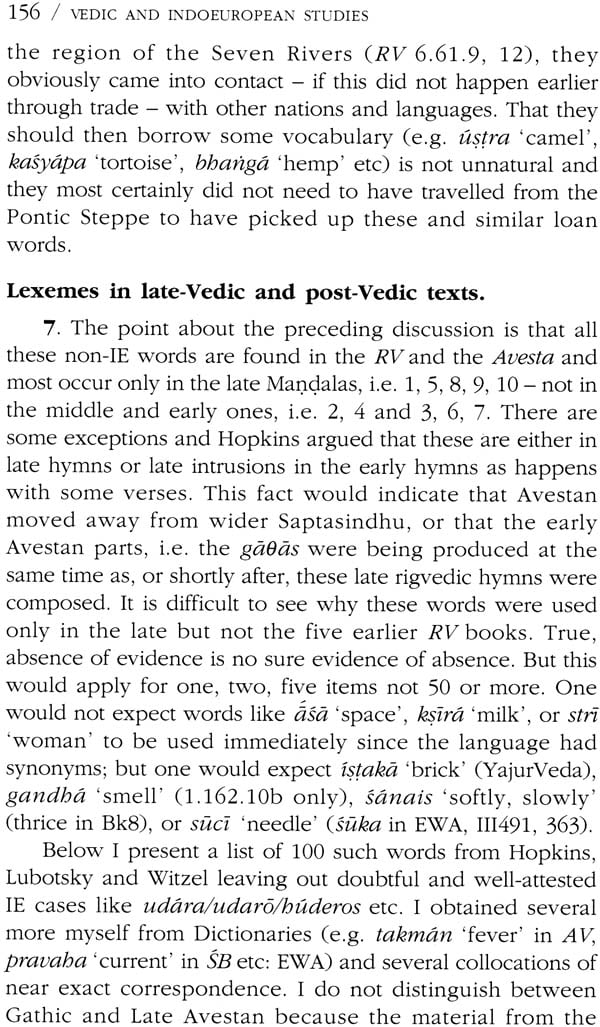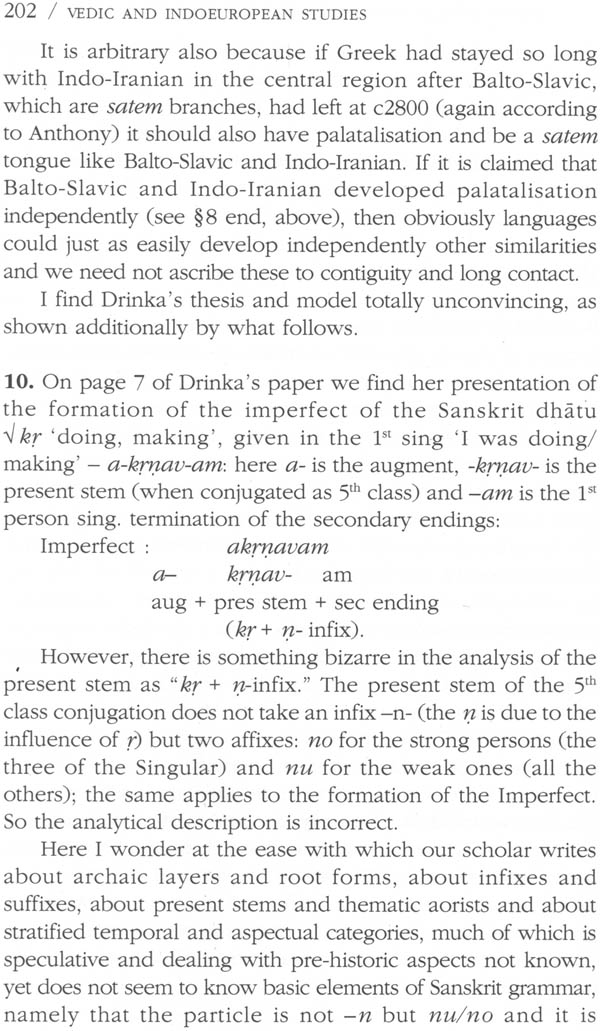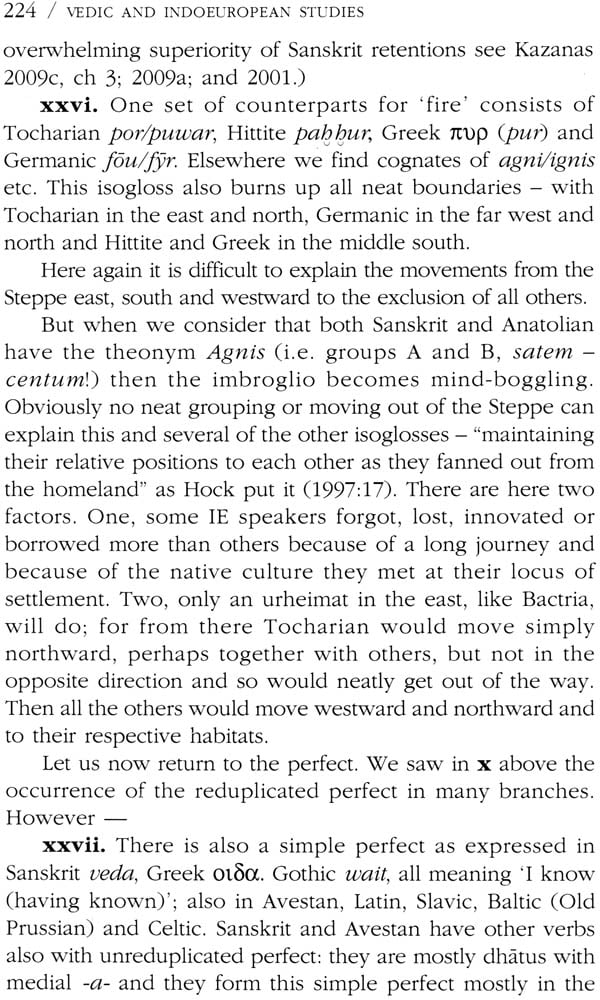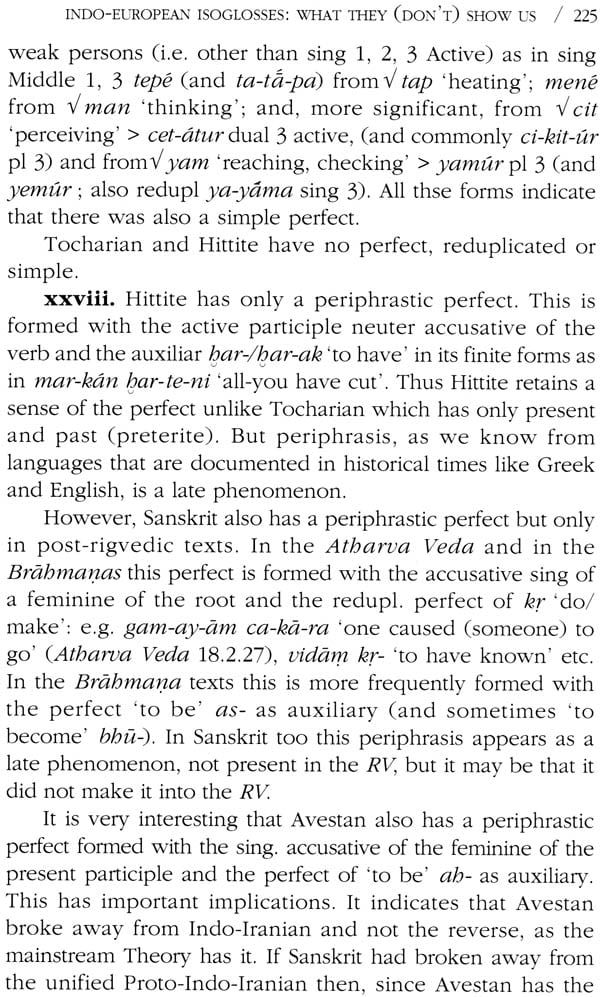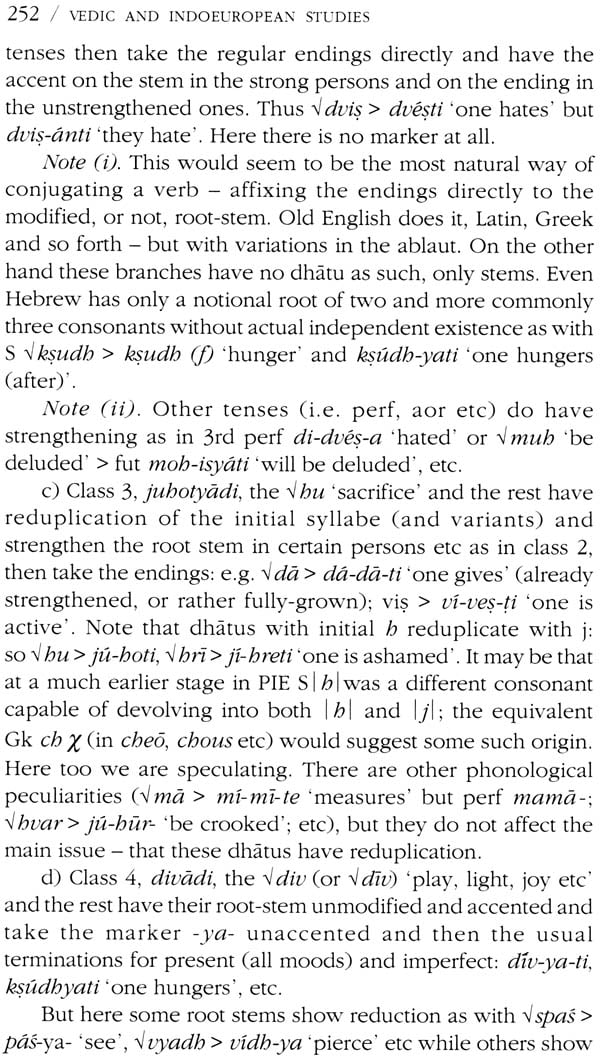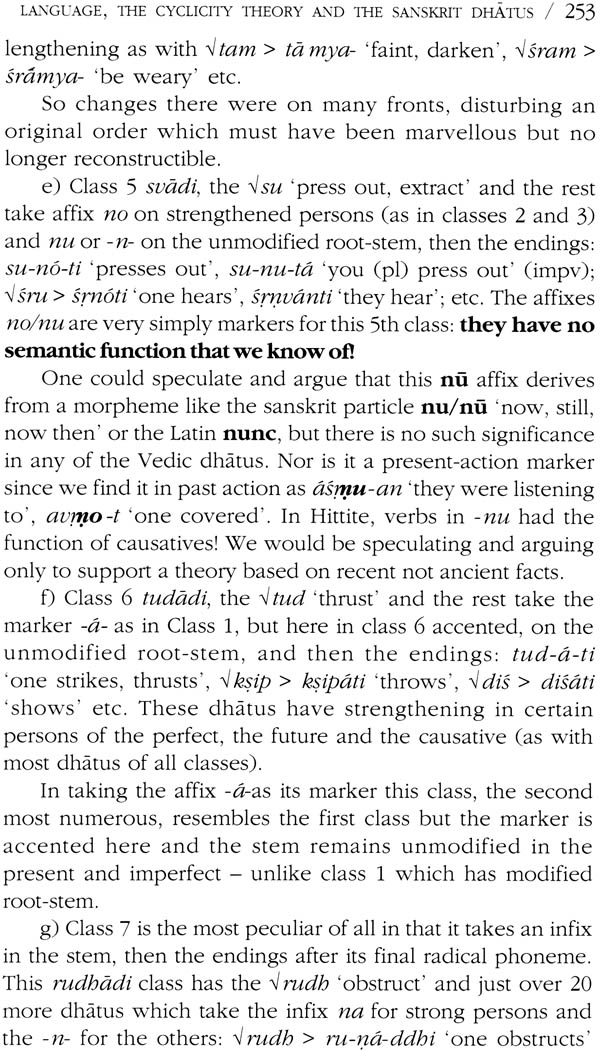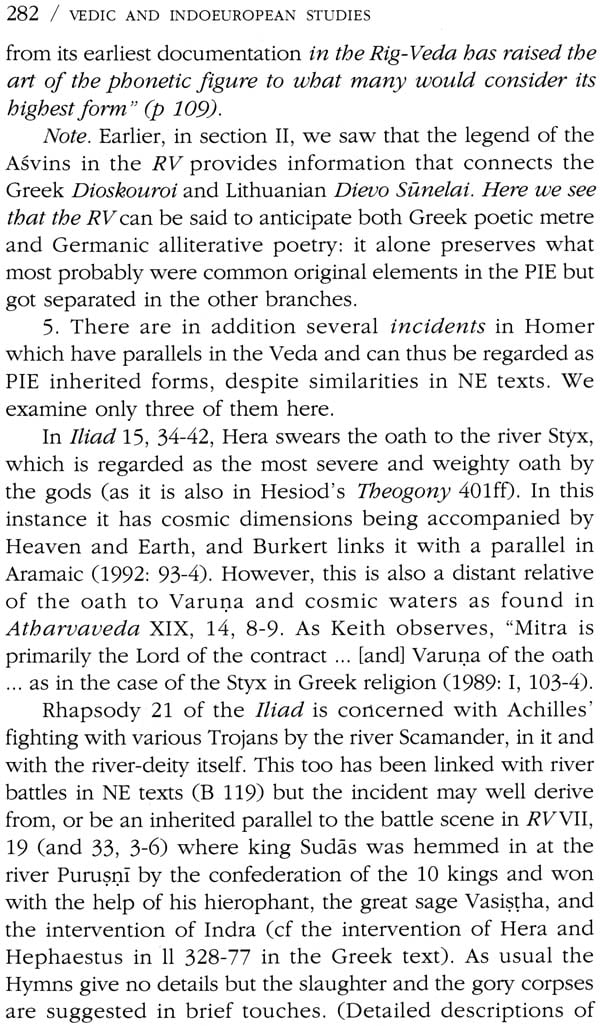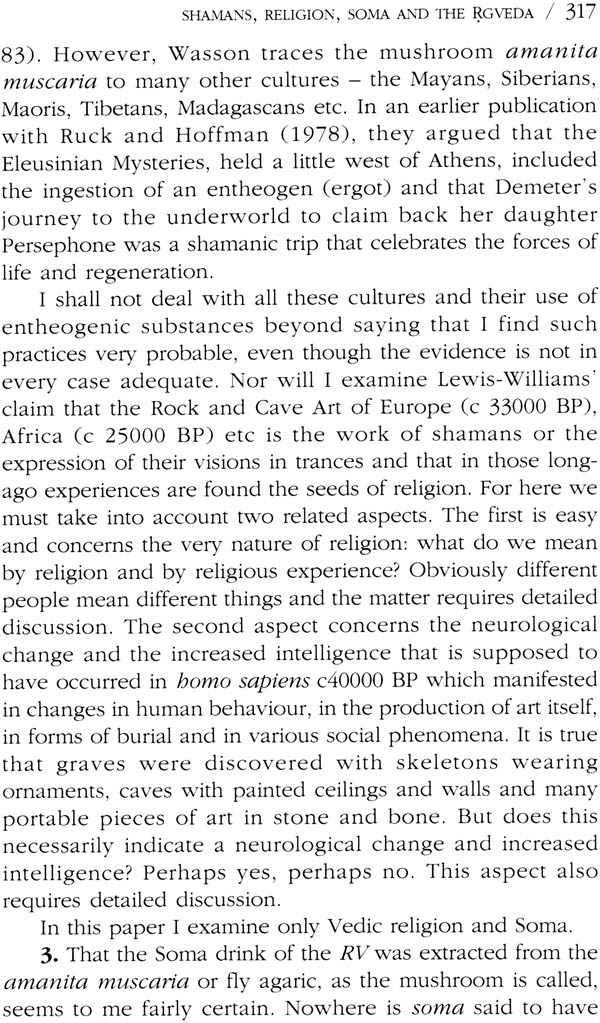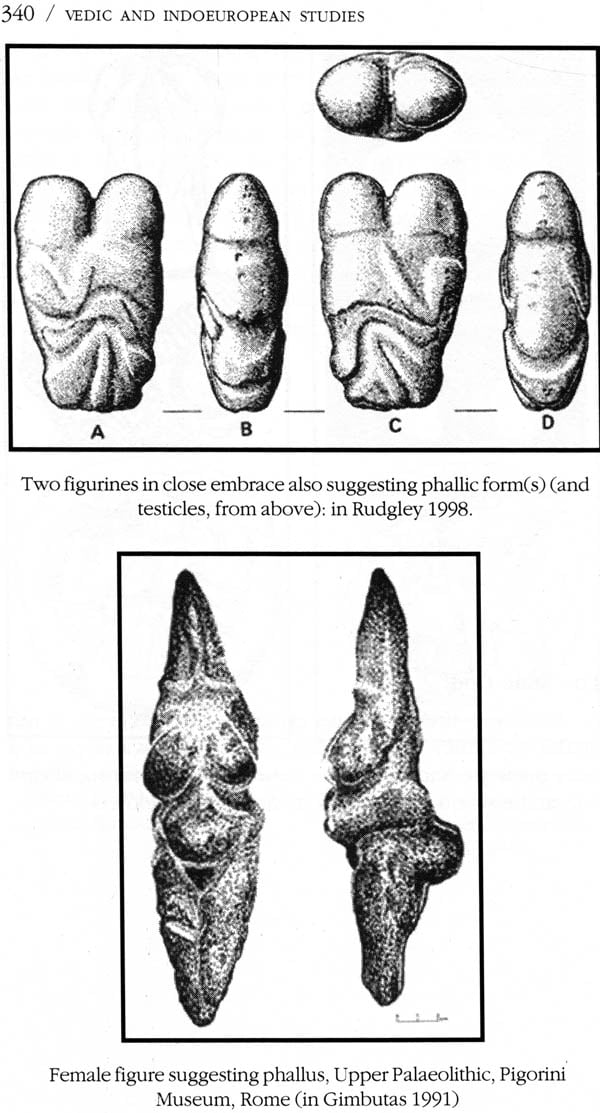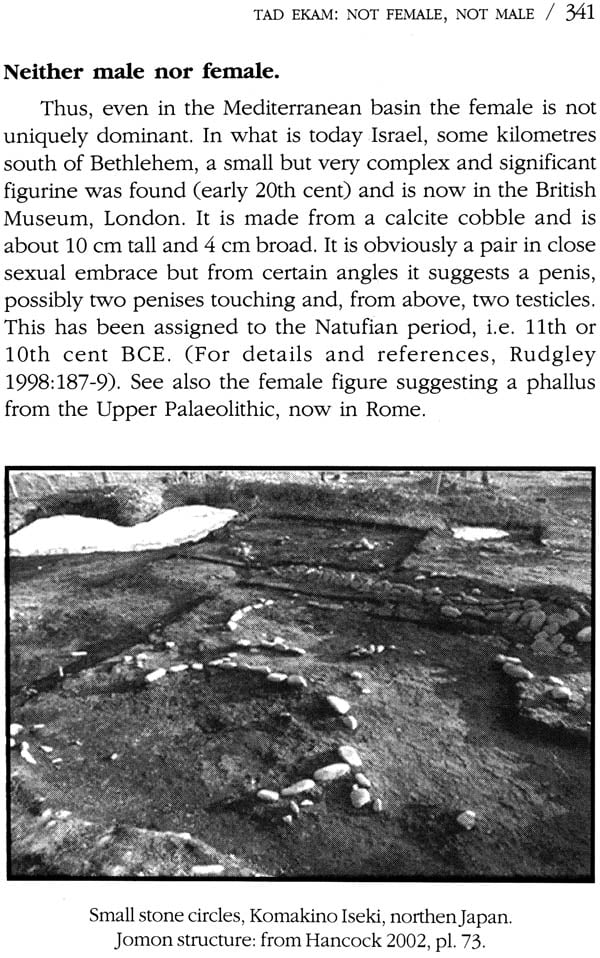
Vedic and Indo-European Studies
Book Specification
| Item Code: | NAK651 |
| Author: | Nicholas Kazanas |
| Publisher: | Aditya Prakashan |
| Language: | English |
| Edition: | 2015 |
| ISBN: | 9788177421378 |
| Pages: | 413 (5 Colors 10 B/W Illustrations) |
| Cover: | Hardcover |
| Other Details | 9.0 inch x 6.0 inch |
| Weight | 770 gm |
Book Description
This book contains studies discussing the thorny problem of indo-aryan origins and finds its solution in Indo-European common heritage and of the Vedic tradition. One study analyses the position of the early Hittite culture in relation. One study analyses the position of the early Hittite tradition. One study analyses the position of the early Hittite culture in relation to the other IE branches and especially Vedic. Another traces the common vedic and Mesopotamian and Vedic and Egyptian interconnections respectively. Others examine purely Vedic issues like the religio-philosophical thought in the Vedas and the real meaning of the words pur defensive structure' and samudra 'confluence of waters, ocean'. In all these studies the Vedic inheritance emerges as the oldest of all IE traditions, older than even the near eastern cultures; the bulk of the Rgveda hymns appear to have been composed in the 4th millennium; and the Indo – Aryans are shown to have been residing in North-west India (and Pakistan) since about 5000 BCE. The writer arrives at these conclusions by examining and comparing evidences from the linguistic, literary, anthropological and anthropological fields (and from Gentics).
Almost all the Studies in this Volume deal with subjects of Vedic and I(ndo-) E(uropean) provenance, i.e. relations of Vedic with Greek, Latin etc and the fabricated Proto- indo-European itself. Moreover, all the essays kick off from the RV (Rgveda). They move centripetally from the RV to the diverse areas of Anthropology, History, Linguisics, philosophy, Poetry and Religion, examining one or other aspect from a new perspective and leading to new perspective and leading to new unexpected conclusions. When the evidences from Sanskrit and the RV are considered, the Current theories about, for instance, the origin and development of language and religion are seen to be faulty and in need of through revision.
In addition the cumulative evidences from all these different areas (and others) show that the Indoaryans are Indigenous to India from at least the 7th millennium BCE, that Vedic is much older than any other IE language and closest to the Proto-Indo-European mother tongue and that all past and current IE studies should be Scratched and a Fresh start be made, if it is still thought to be necessary.
Dr. Nicholas Kazanas is Greek-born. He was educated chiefly in Britain. He read English Literature in University college; economics and Philosophy at the School of Economic Science; Sanskrit in the school of Oriental and African Studies all in London. He did his post-graduate studies at SOAS adn in Pune and Varanasi. He taught for some years in London. For more than 20 years now he is the Director of Omilos Meleton, a cultural Institute in Athens. He has various publications in Greek; several peer-reviewed academic Journals, western and Indian, have printed his articles on Indology. He is currently on the Editorial Board of Several University Journals (ICFAI, Adyar Bulletin etc) and chief Editor of Vedic venues.
| Abbreviations and signs for languages and texts. | vii-viii | |
| Introduction aspects of Scholarship | ix | |
| 1 | Sanskrit and Proto-Indo European. | 1 |
| 2 | Coherence and Preservation in Sanskrit | 43 |
| 3 | Rigvedic All-comprehensiveness. | 125 |
| 4 | Vedic and Avestan | 142 |
| 5 | Indo European Isoglosses: what they (don't) show us. | 185 |
| 6 | Language, the Cyclicity Theory and the Sanskrit Dhatus. | 236 |
| 7 | Archaic Greece and the Veda. | 268 |
| 8 | Shamans, Religion, soma and the Rgveda. | 314 |
| 9 | Tad Ekam: not female not male. | 336 |
| Bibliography | 351 | |
| index | 374 |
